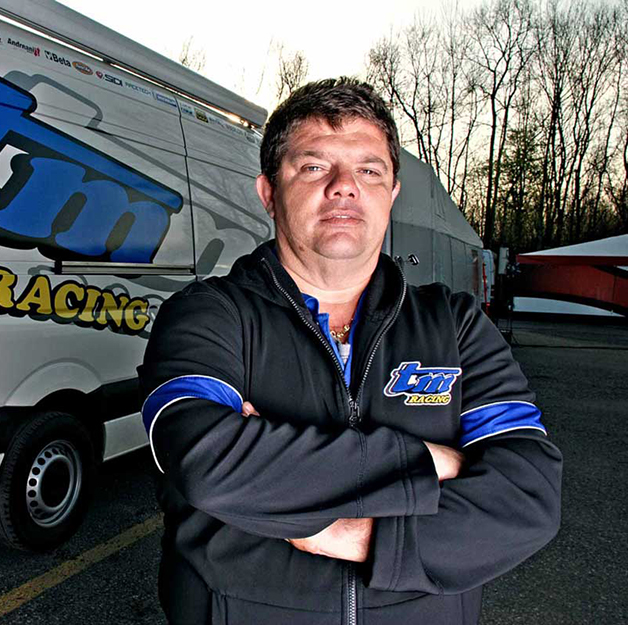Following the flow, we get to the crankshaft’s
intake chambers, the cavities that
fill with
fuel blend and push it through the
transfer ducts and into the
combustion chamber. These too have been
modified to make the
engine more reactive on the
low end.
The transfer ducts of the KZ10C are
also shaped
differently: lateral ducts come with a wider
connector that creates a broader curve as it joins to the
cylinder liner, while the
main duct is
smaller and shaped to
yield more thrust at
low and mid power ranges. The central duct (T) has a slightly wider
corss-section.

TM RACING
It all started back in 1976 in Pesaro, Italy, when motorhead friends...
Read all
